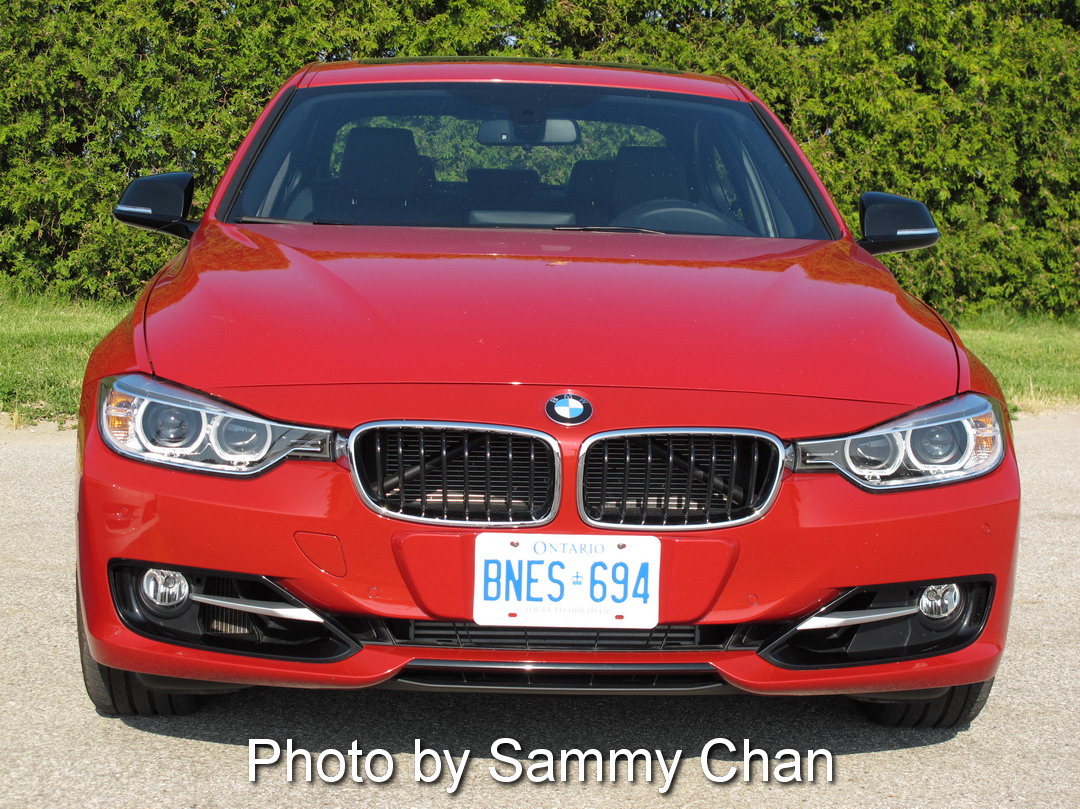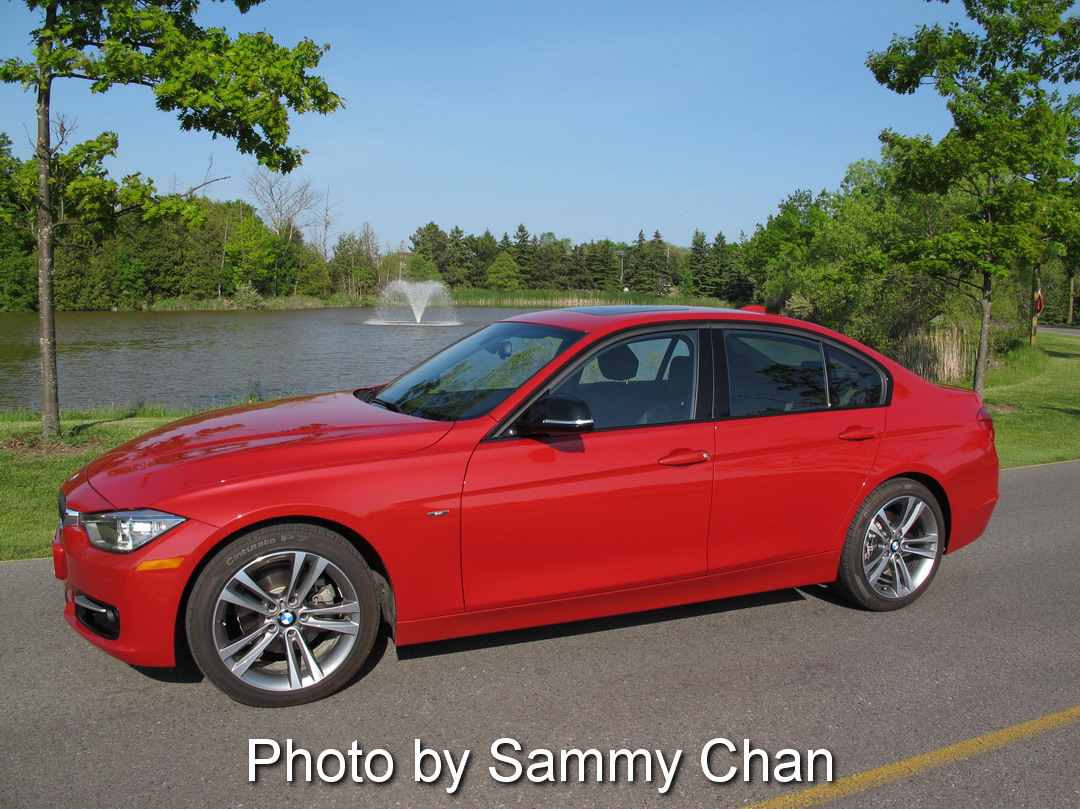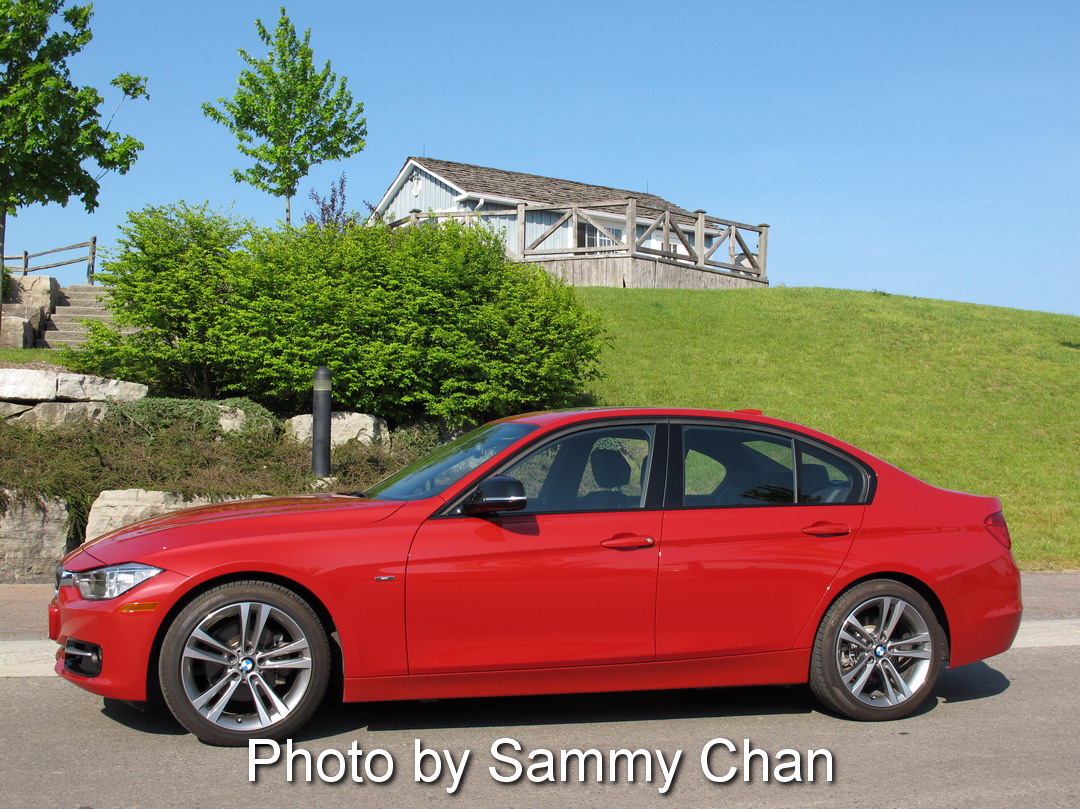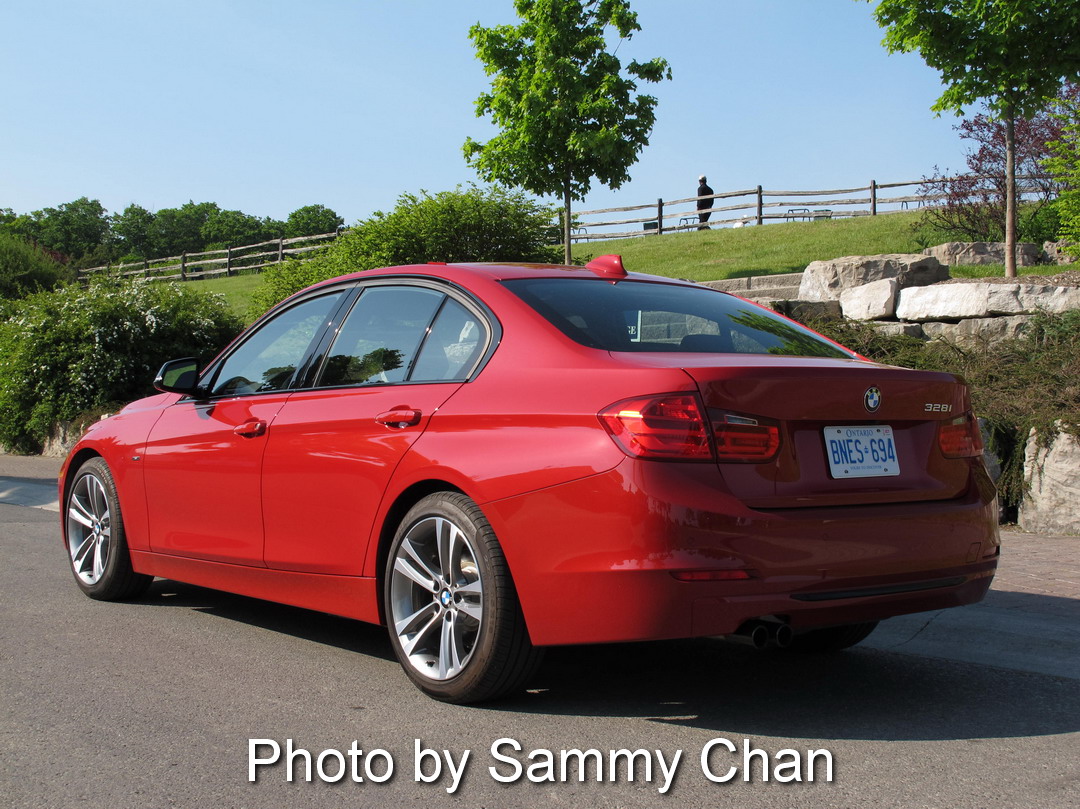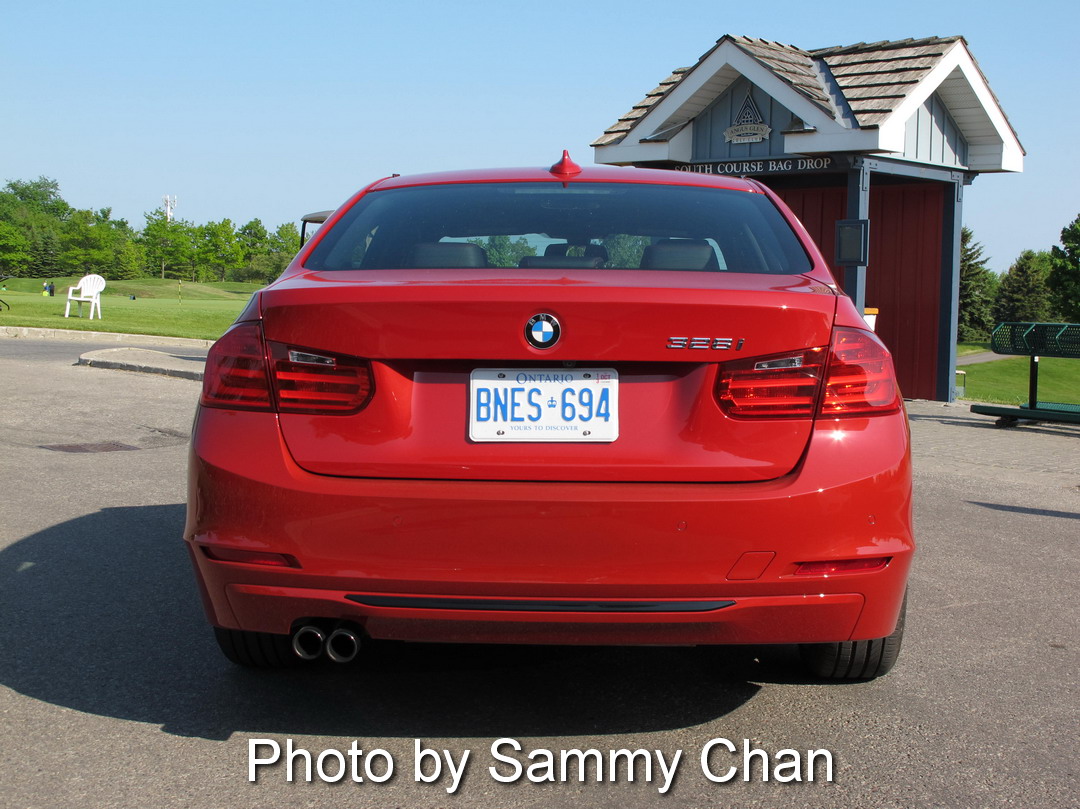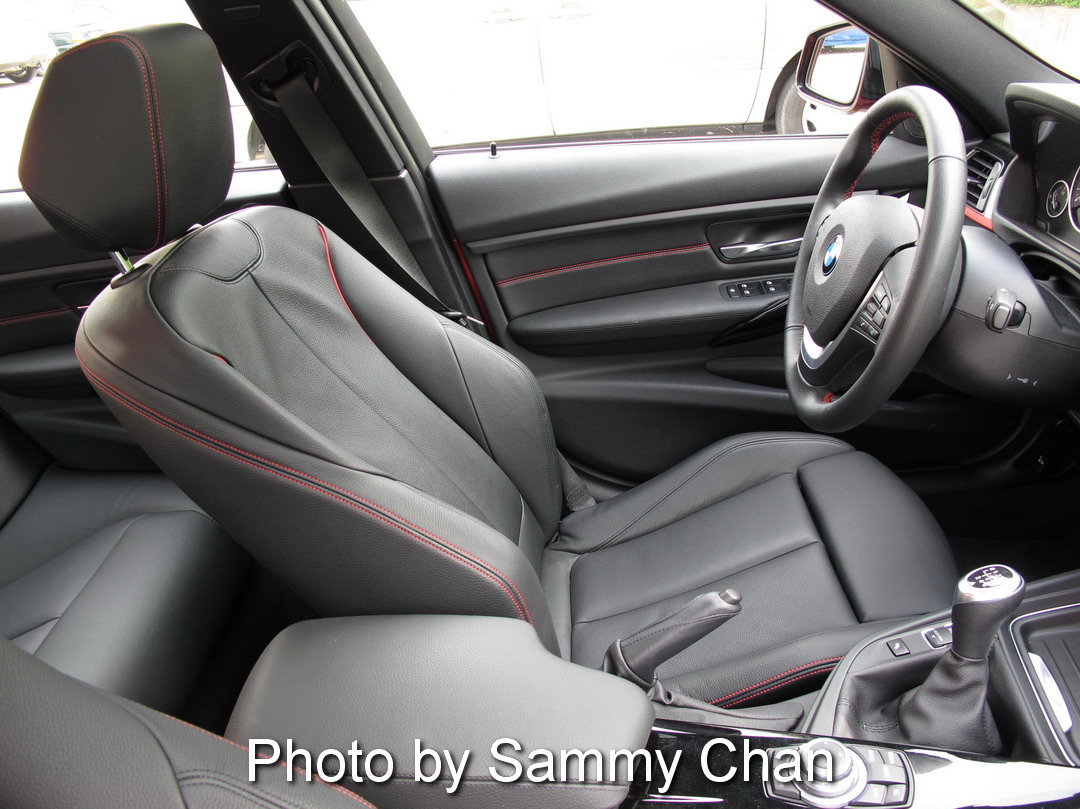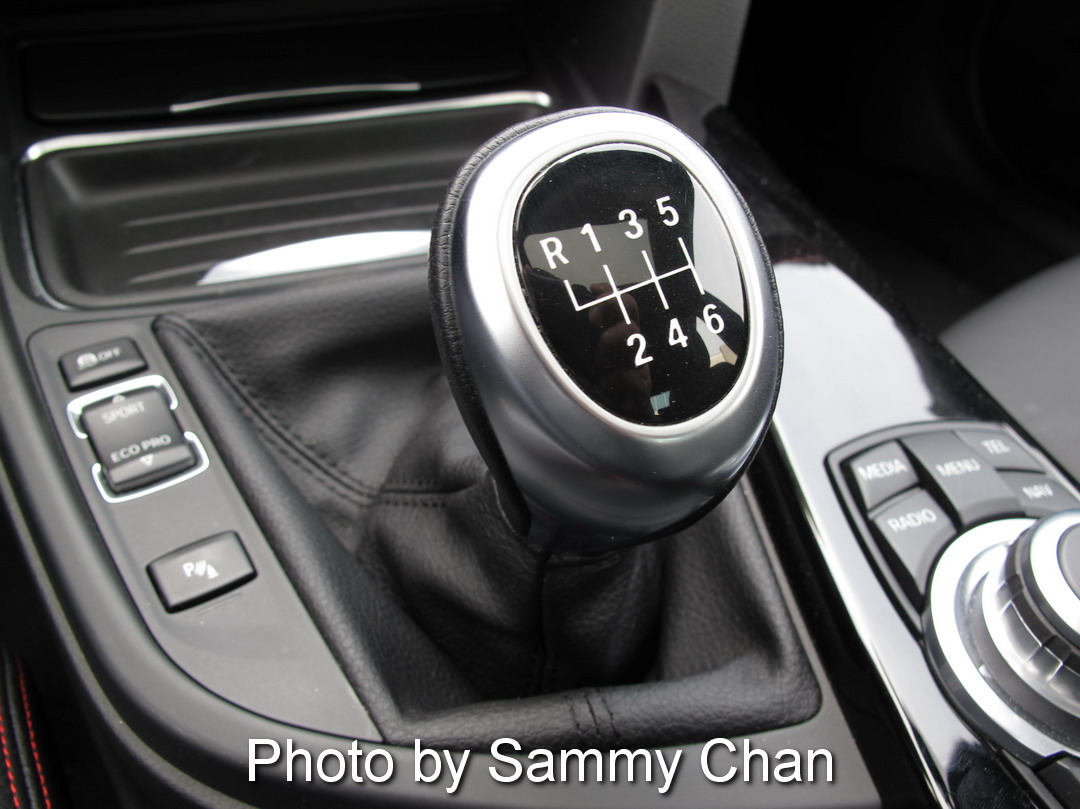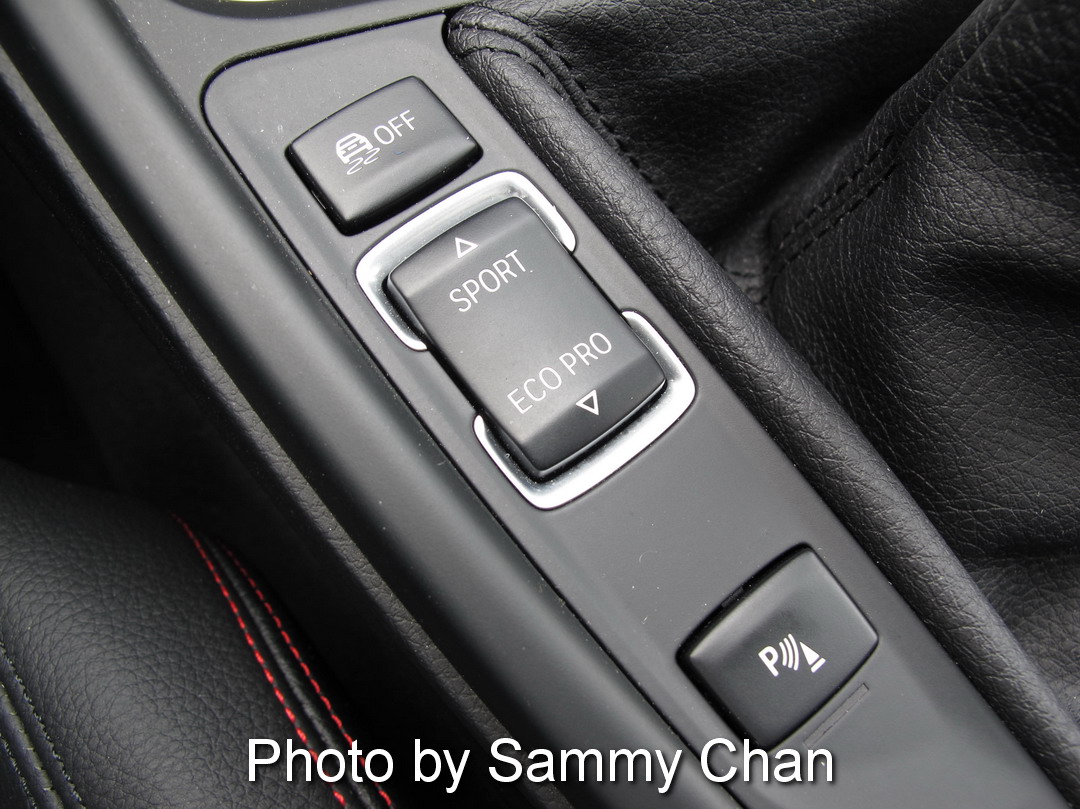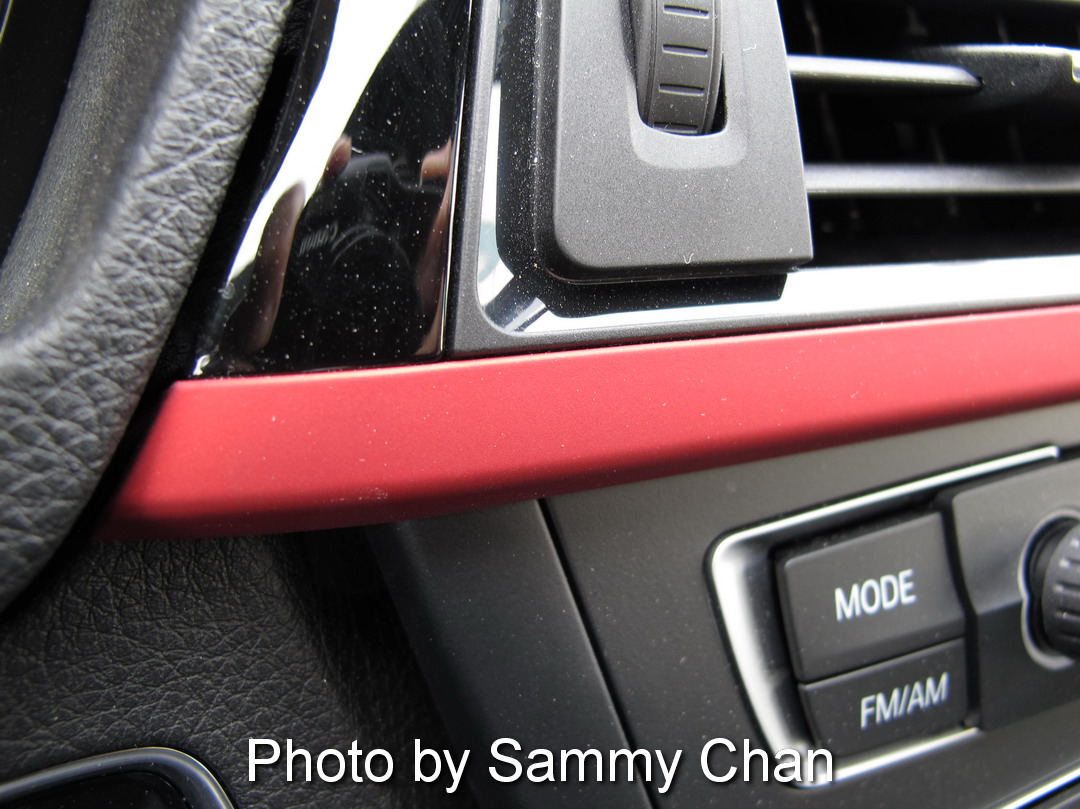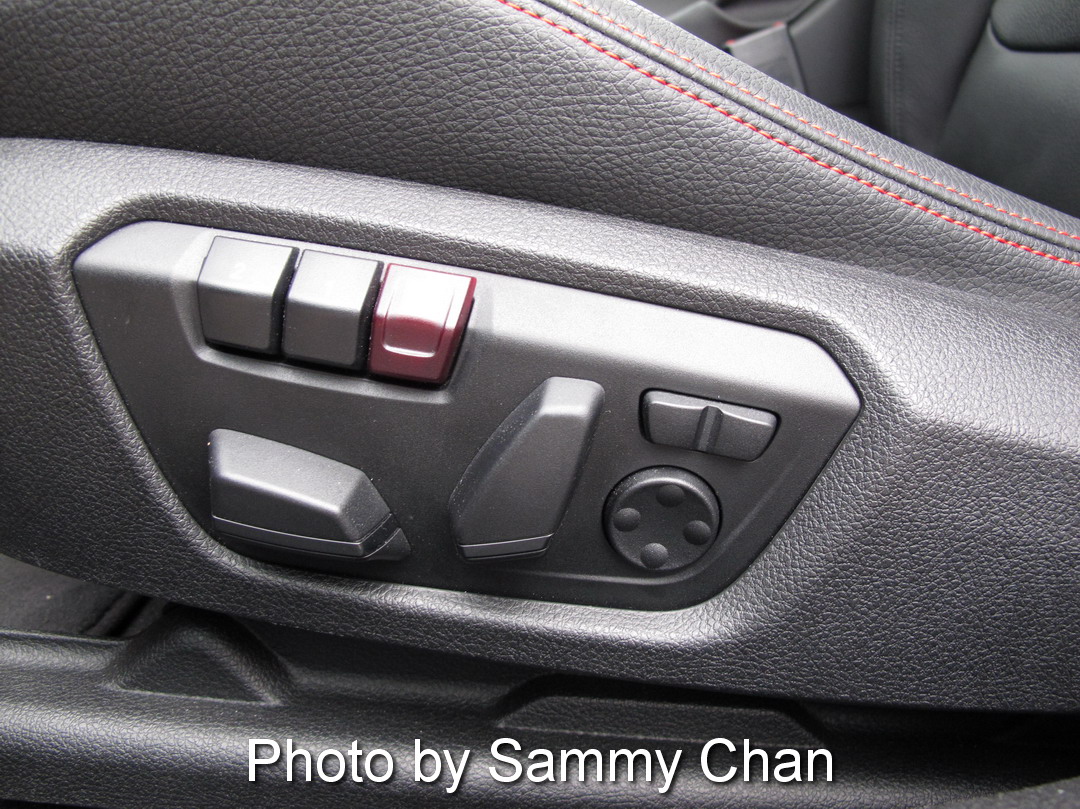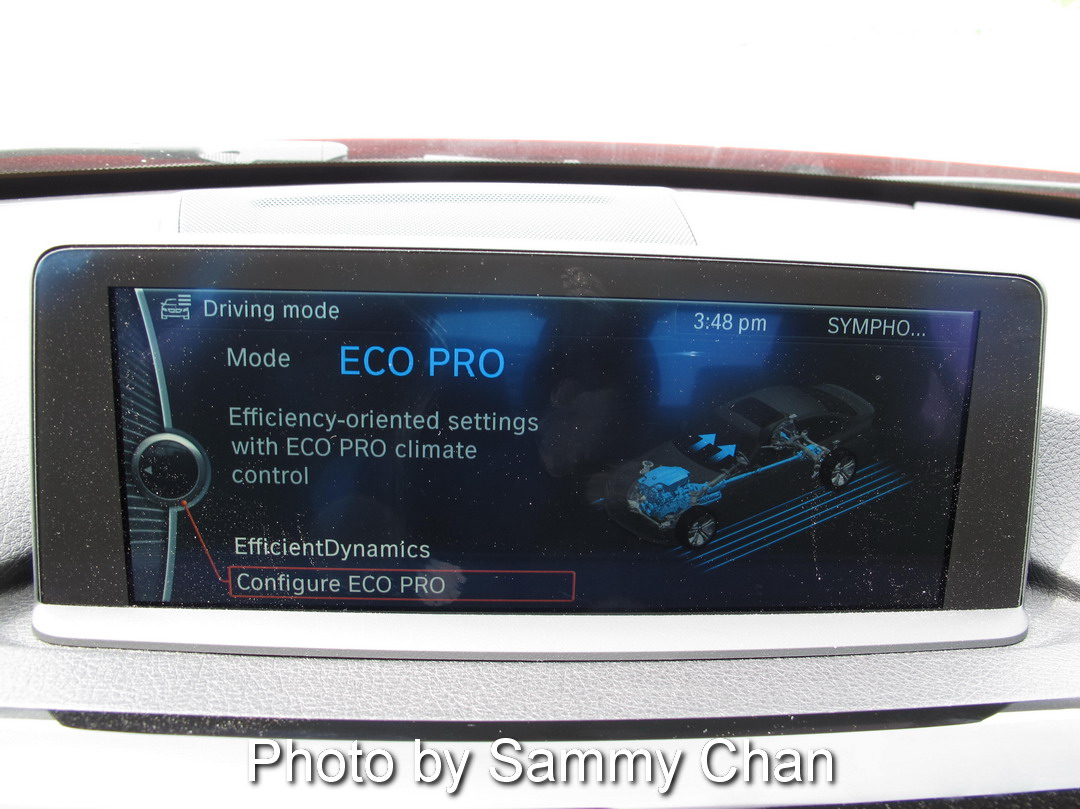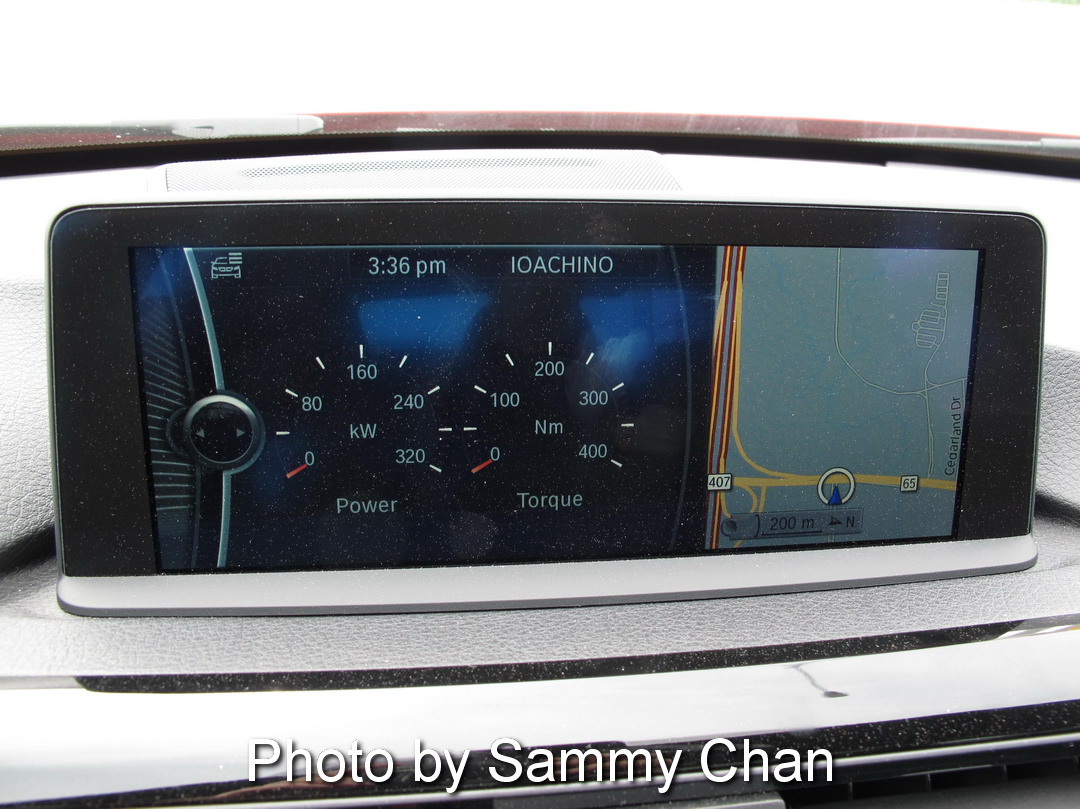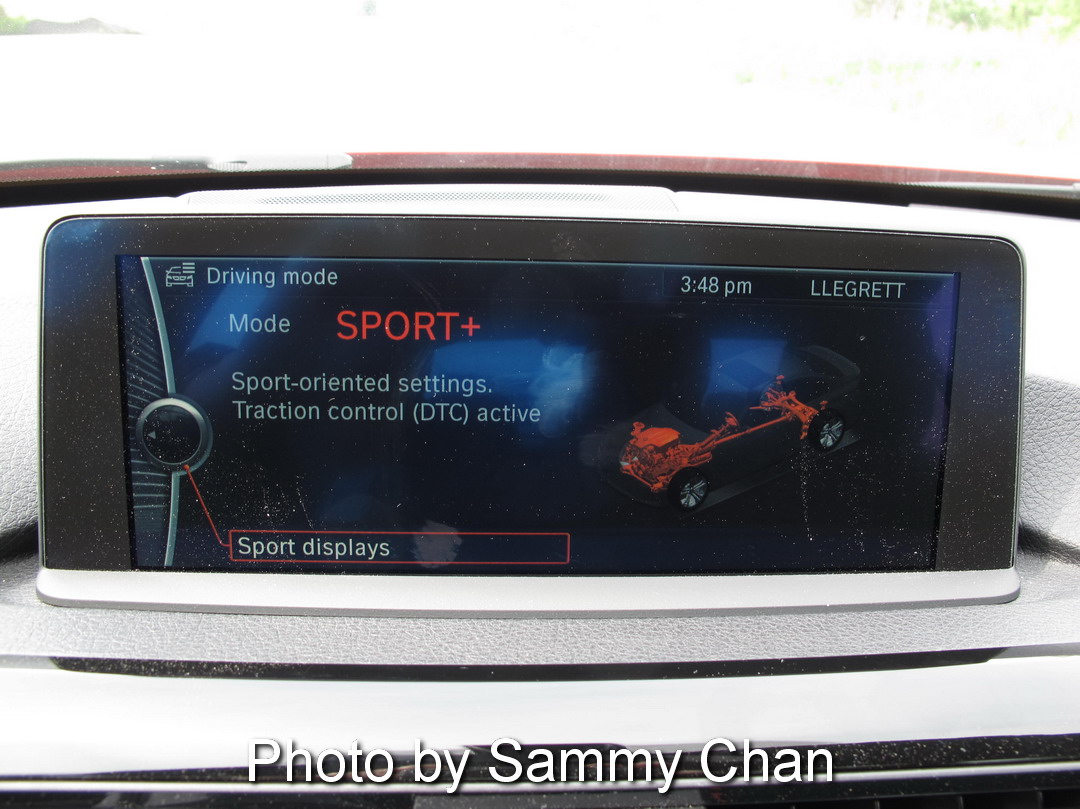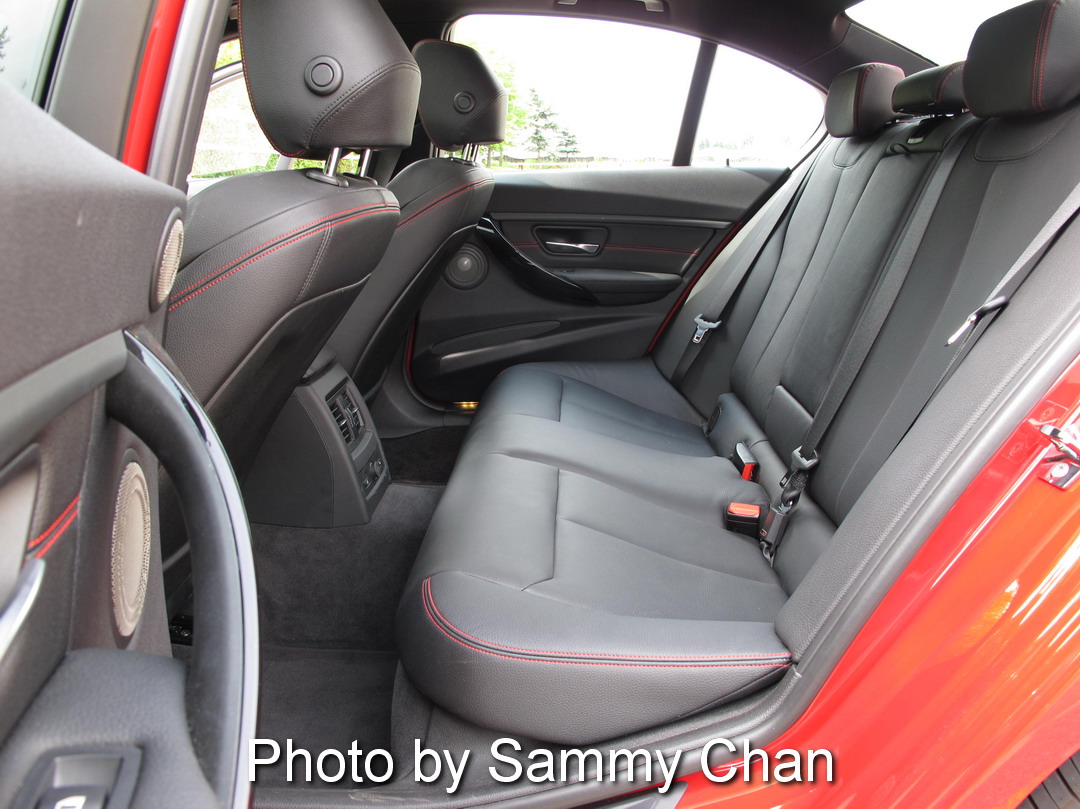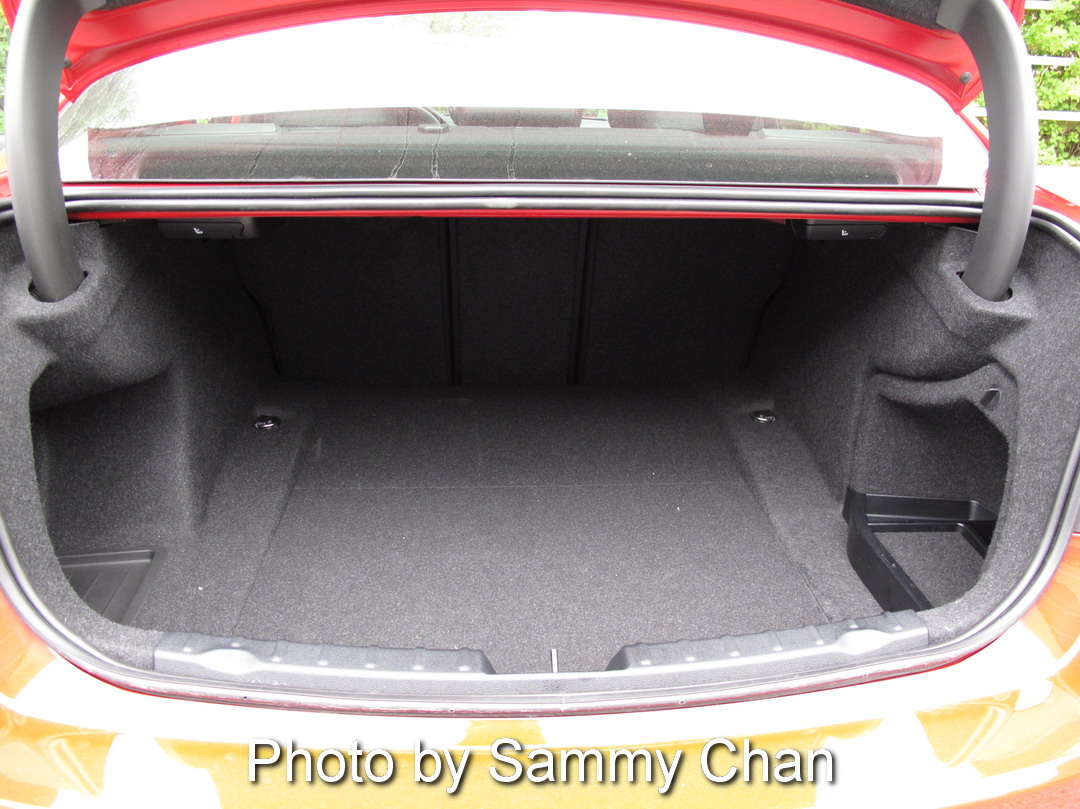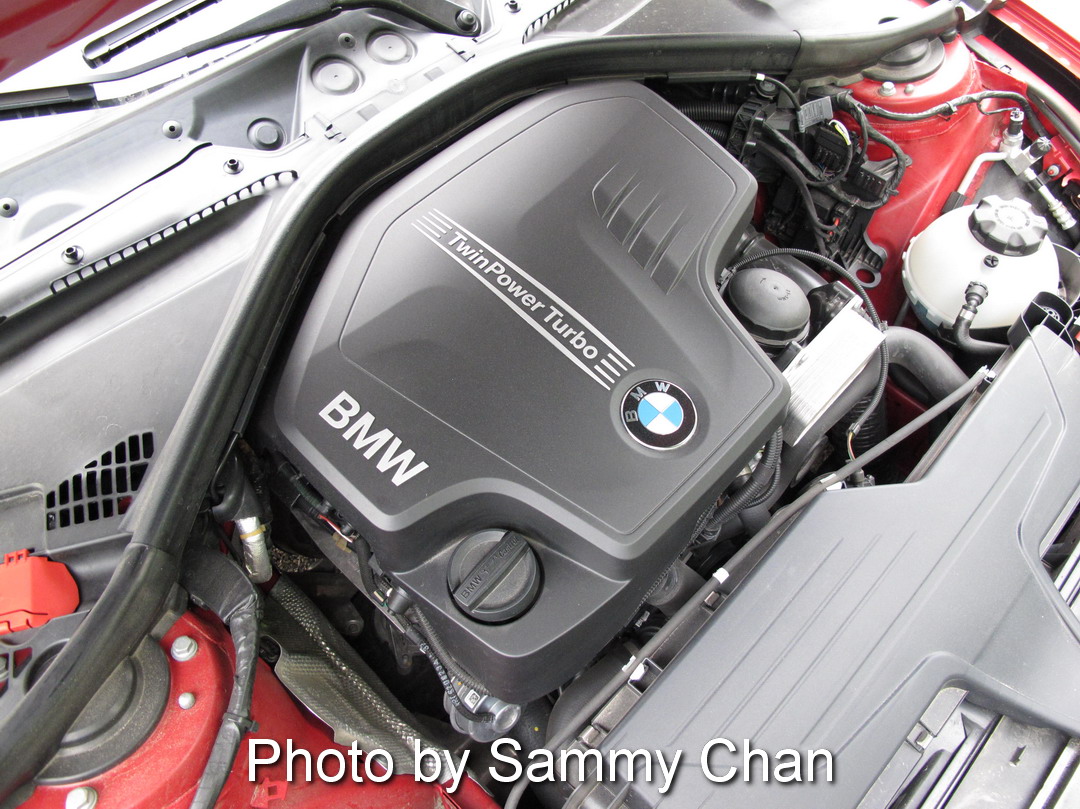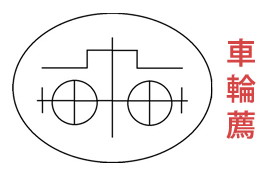
2013 BMW 328i
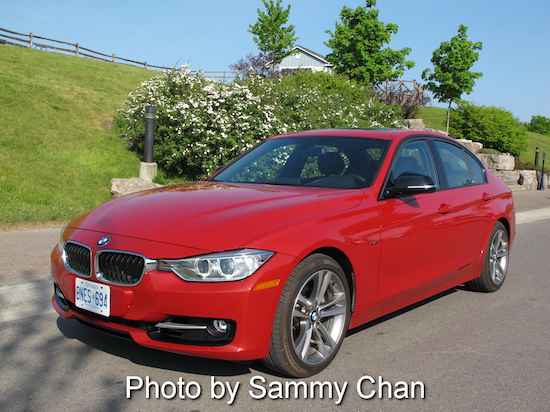
Written by: Sammy Chan
Photography by: Sammy Chan
I have waited for this all-new BMW 3 Series for a very long time, pretty much from the time I bought a 2006 Saab 9-3 in late 2005. Back then, I had a hard time deciding between the Saab and the then BMW 323i. Only if the bimmer could retain the handsome looks of the 4th gen it replaced, it would have been my default choice without question.
My wait is now finally over, right? Not just yet. I did not ask for a 4-cylinder engine but the new bimmer comes standard with one. Sure, I can go for an in-line six, but I can’t afford the $51,200.00 price tag the new 335i summons, nor am I in need of anything capable of pumping out 300 horses and 300 lb-ft of torque. Fortunately being an automotive editor, I could test a BMW 328i for one full week (vehicle supplied by BMW head office) to see whether I could convince myself that a 4-cylinder is just as good and as satisfying as a straight six engine. I think I’m sold.
Well, I could make a case that because it’s a BMW, the 2.0-litre 4-pot in the 328i is a perfect match. Don’t take my word, go and try it out yourself.
In the 328i, the all-new 2.0-litre is one sweet, smooth and responsive motor. It’s probably the best 2.0-litre 4-pot one can find (now that the Honda S2000 is no more). The completely redesigned 3-Series is made up of 3 models- the base 320i, the mid-pack 328i and at the top, the 335i. Mind you, there’s still 2-door coupes, cabriolets and M3 variants in the 2012 line-up, but they are all 5th gen stuff. xDrive (AWD) is also not available in the sedan at present.
To keep its clients loyal and to lure newcomers into its fold, BMW has priced the new 3 very aggressively. M.S.R.P. for the 320i, 328i and 335i starts at $35,900.00, $43,600.00 and $51,200.00 respectively, not only bettering last years’ models (328i and 335i) by $700 and $2,200 but also undercutting its German rivals, the Mercedes-Benz C 250 and C 300 by $800 and $1,600 (320i and 328i).
Taking a page from Volkswagen, BMW has also initiated “equipment lines” for its 3 Series. Bar the 320i, both the 328i and 335i can be ordered in the Sport Line, Luxury Line or Modern Line version all slightly different from each other to suit individual taste. Sport is most distinguished by its high-gloss black exterior mirrors, black kidney grille slats and its unique coral red strip that accents the dash. Chrome is the black so to speak that separates the Luxury Line from the rest while the use of aluminum materials and light color for the interior constitutes the Modern. Luxury is standard on the 328i while Sport is default on the 335i. Makes sense to me.
The new 3 is now based on an all-new platform stretched both in wheelbase and in length, longer by 50 mm and 93 mm when compared to the old. This plus the wider track and added body width brings the new 3 closer to its bigger brother the 5 and separating it further away from its kid brother, the venerable 1 Series.
Larger does not necessarily equate to better looks, but in the new 3 it does. Finally, the quad lights and the signature kidney grille blend together so harmoniously giving you an illusion that it’s a one-piece structure. Two character lines or “double swage lines” as BMW calls it flank the sides lending extra sprinting visuals to its already very sporty stance. You have to see it in metal to appreciate the details that photos can’t interpret.
Hard to imagine that the whole series (sedan) is now “blown”, guess it’s the way of the world for the 3 from now on. Both the 320i and the 328i are powered by a brand-new turbocharged 2.0-litre petrol engine, while the 335i carries forward the used 3.0-litre turbo in-line six of old. Coming soon will be the addition of a Hybrid and 3 diesel-powered models, the 320d, 318d and BMW 316d.
A 4-cylinder BMW is not new to me, myself having been old enough to be around when the 318ti hatchback crossed the Atlantic in 1996. Yet now we are in an all different era when fuel economy can really go hand in hand with outright performance. And if you are chasing that goal, your dream is here. Zero to 100 km/h in just 5.9 seconds followed by an average fuel consumption of 6.4 L/100 km (EU test cycle), all that in a BMW 328i? You have to slap me hard to be convinced.
More convincingly is that the 328i will most likely be the volume leader amongst the 3 Series. Although $7,700 is quite a big difference to pay, most buyers would rather walk to work than to live with a 181 hp BMW 3 (320i)-unless you are getting one for your 18 year old son. With 60 more hp and 74 more lb-ft of torque on tap, the 328i is a more natural proposition. Thanks to modifications made to the high precision direct petrol injection and turbocharging technology, BMW 328i develops a peak output of 245 hp and 258 lb-ft of torque from as little as 1,250 rpm.
Gone is the turbo-lag as you’d expect it to be, power delivery is buttery smooth and most importantly just as linear as a naturally-aspirated 6-cylinder engine. Credit that to twin-scroll turbocharging which reduces back-pressure at low engine speed translating into quick throttle response and a performance BMW owners have come to expect. I do not care much about the Auto Start-Stop feature which turns off the engine at idle to save fuel. In fact, because I was driving a manual, it alluded me to think that I have stalled the engine and panicked to have it restarted when everything was actually fine. It didn’t take me long to acquire the habit of disabling that function every time I started the car.
Running the stick through the gears is one of the highlights a BMW provides and this tranny is still my long-time favorite. But if for some reason you have to go for an automatic, there’s still the delightful and very advanced 8-speed automatic transmission that comes at no extra charge on the 328i and 335i. However, it’s a $1,600 option for 320i buyers.
Seconds flew by instantaneously when sprinting the 328i to 100 km/h-5.9 seconds according to BMW-there’s still another 450 rpm or so before it hits the rev limiter- 7,250 rpm. This combined with a lowly 2200 rpm at 6th gear at 100 km/h made the gearing appear rather tall. In other words, gear ratios of the manual appeared to have been set more for fuel economy than for excitement.
Suspension is still the familiar MacPherson struts up front and double wishbones at the rear. So, why not wishbones at the front too? According to BMW, using double wishbones on the front suspension will add significantly more weight to the car which is now up to 45 kg lighter than before. Lighter yet is the steering which is now based on a electromechanical power system using electric motors for assistance.
As no power is consumed during straightline driving or steady-state cornering, further fuel savings is achieved. A new variable-ratio steering system is available as an option, but my test car is not fitted with one. My advice is to seriously consider paying this extra feature as the steering feel of my test car is rather light and has a bit of an artificial “Logitech” type of movement to it.
The other option is to select SPORT or SPORT+ driving mode which tightens the steering wheel to a much more involved level. All 3s are now blessed with the addition of four different driving modes-all selectable by the driver through the Driving Experience Control switch located just next to the transmission. Depending on which mode you select-COMFORT, SPORT, SPORT+ or ECO PRO-characteristics of the accelerator response, engine response, power steering, Dynamic Stability Control (DSC) and if fitted, the automatic transmission’s shift points and Dynamic Damper Control can all be varied-set-ups being predefined for the relevant powertrain and suspension components.
How digital screens have become a vital part of motoring now that it is a centerpiece of the 3 Series (interior). A colorful and panoramic widescreen sits atop the centre of the dash providing the driver and his/her passenger with limitless source of information-actually infotainment as they call it these days-to ponder and to play with. This and the iDrive (mouse wheel) are now standard issues on all models. Also standard on the 328i are the well-bolstered leather seats (sport seats on 335i) and sunroof. The array of options surely to dig into buyers’ pockets is becoming longer and longer-even Head-Up Display and heated rear seats are there for you to choose. It’s well-worth spending the time at home researching as to what’s available on the new 3 before you hit the showroom.
I’m ready, are you?
Specifications:
型号 Model: 2013 BMW 328i
廠方建議售價 Base Price: $ 43,600
軸距 Wheelbase(mm): 2810
長闊 Length/Width/Height (mm): 4636 / 1811 / 1429
引擎 Engine: 1997cc 4-cylinder turbo
最大馬力 Horsepower-HP: 241 / 5000-6000rpm
最高扭力 Torque-LB-FT: 258 / 1250-4800rpm
波箱 Transmission: 6-speed manual
擺佈 Engine & Drive Configuration: Front engine, RWD
前懸 Suspension-Front: MacPherson struts, coil springs, stabilizer bar
後懸 Suspension-Rear: Multi-link, coil springs, stabilizer bar
煞制-前 Brakes-Front: Vented disc
煞制-後 Brakes-Rear: Vented disc
循跡操控系统 ABS/Traction Control: Standard / DSC / ASC / CBC / DBC / DTC / EBD
油耗 Fuel Consumption (City/Highway/Combined)- L/100 km: 9.0 / 5.6 / 7.5
輪胎尺碼 Tires: 18-inch 225/45R 18



